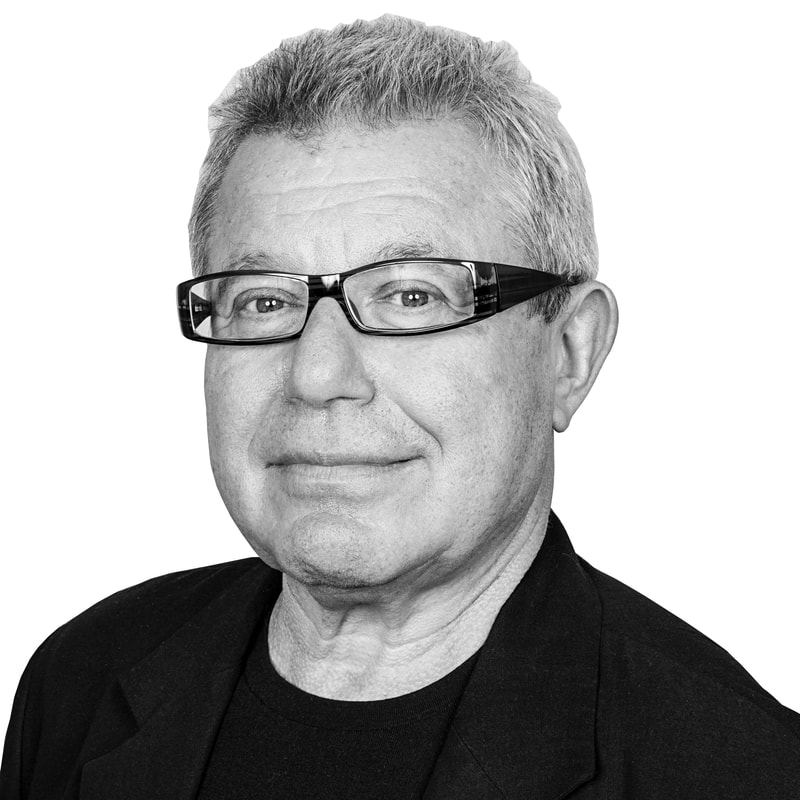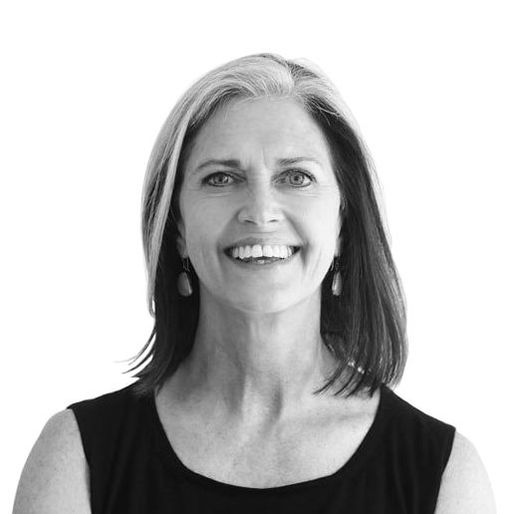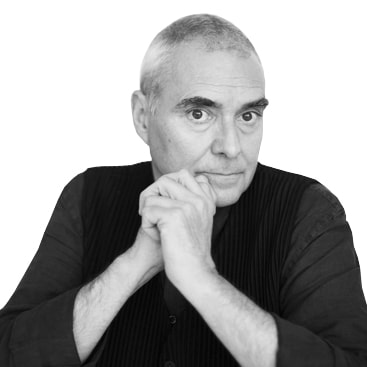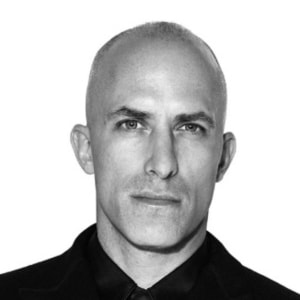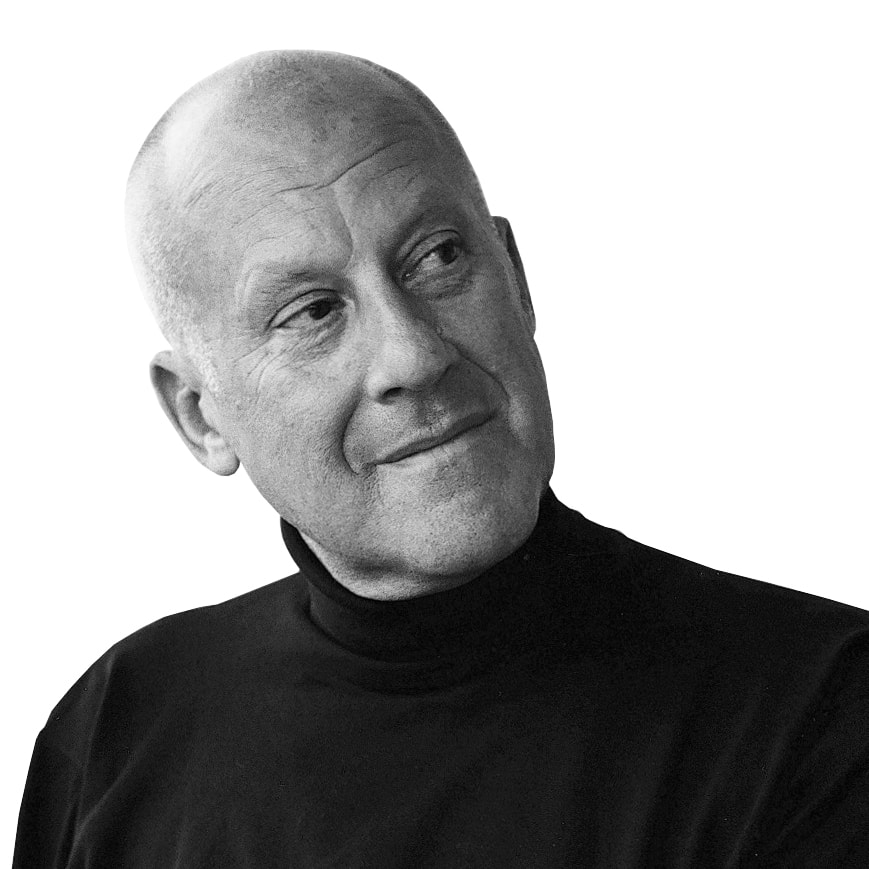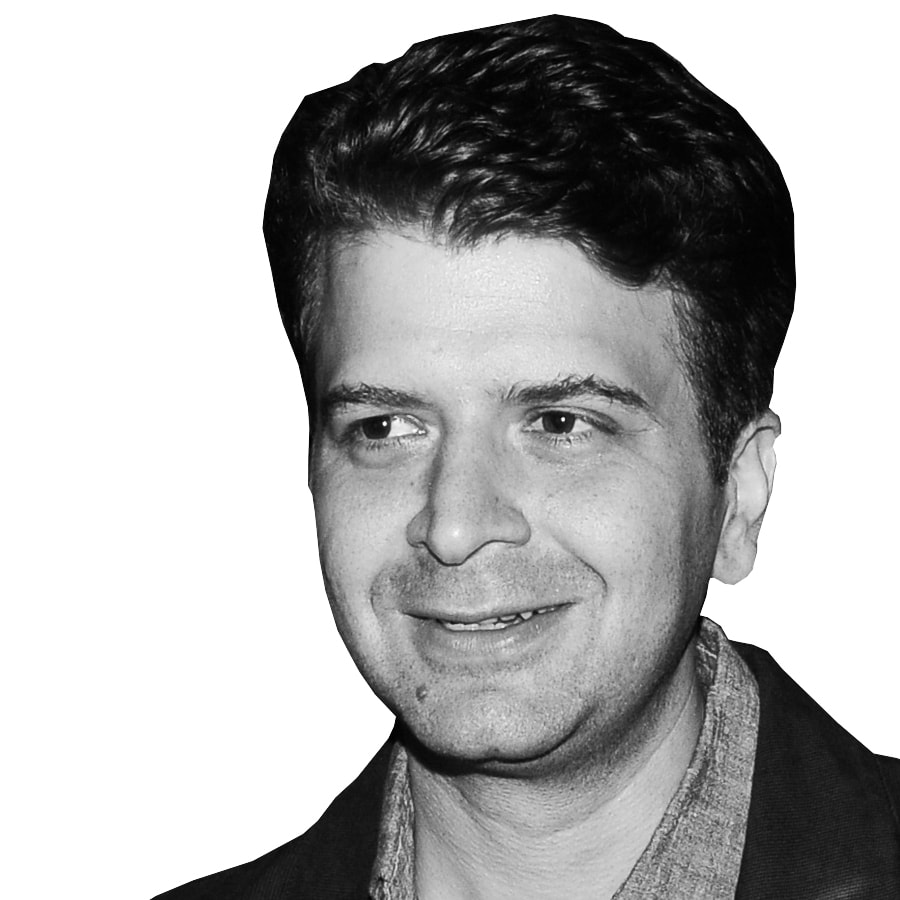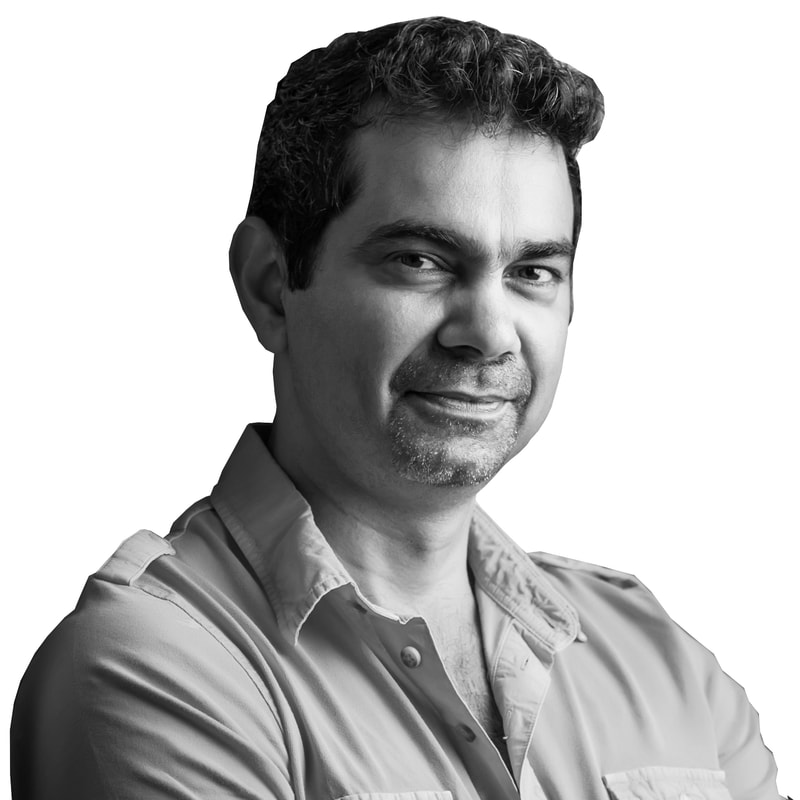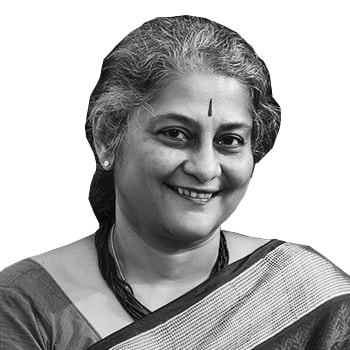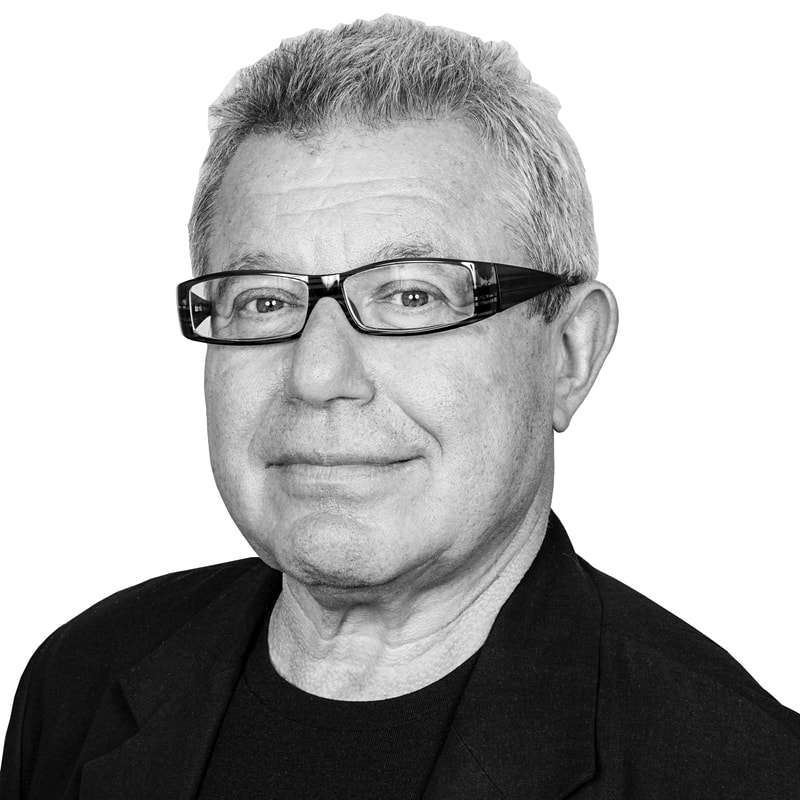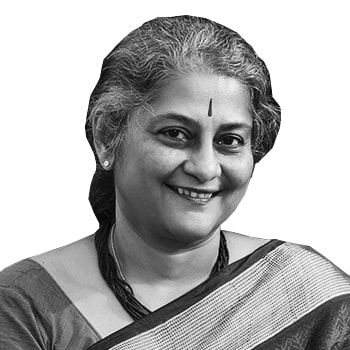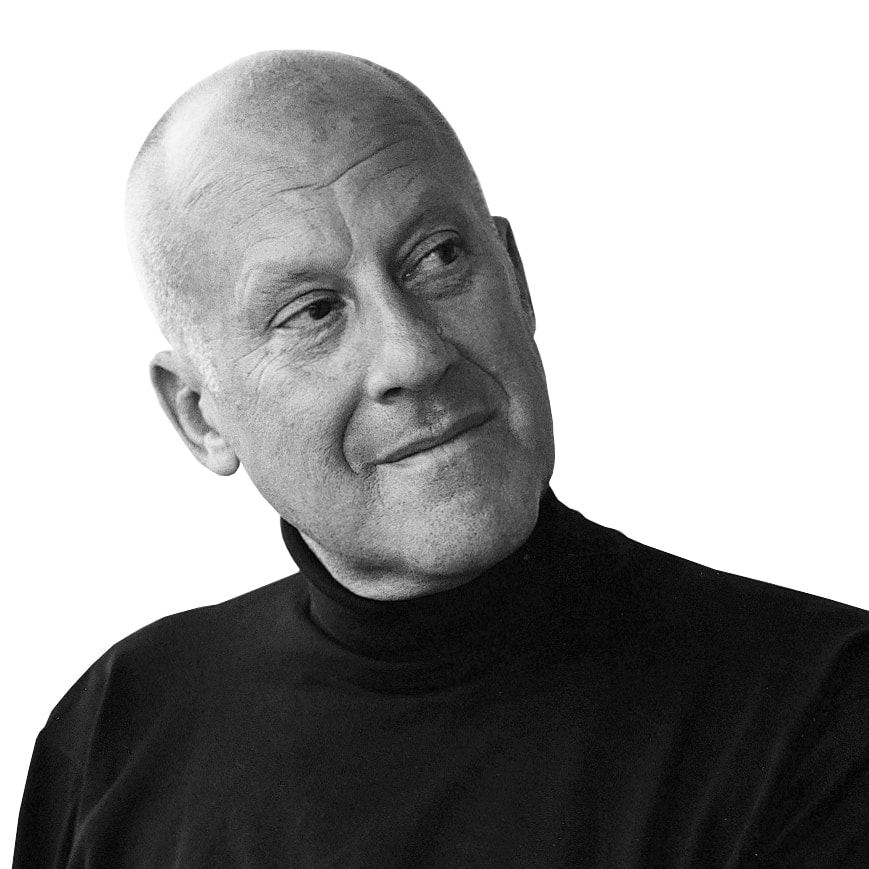RESIDE JURY (Alphabetical)
GENERAL COMMENTS
|
The projects that I was drawn to most were those that incorporated elements of the brief into a connection with the history, memory and sensitivity of the site. Whether it be rethinking the elements of mixed housing or defining public space with the livelihood of the Koli's who had originally settled there, I was impressed with the quality of submissions and the originality of ideas in this competition.
DANIEL LIBESKIND |
|
When housing approaches the scale of the city, a big challenge for architects is to balance the legibility of new forms of housing, with their urban integration. The projects I enjoyed the most (of which there were too many to award), achieved hybrid conditions between building and city, appearing and disappearing in the right places.
In many cases, designers proposed infrastructural armatures that would permit growth, adaptation and recombination. These three dimensional grids, looping platforms, and shared stilts, signal an acknowledgment that successful housing is the result of both bottom-up and top-down contributions, and that housing cannot be static - housing must grow with the city, and with us. At the same time, the most successful projects also understood the beauty and importance of the site, and the opportunity to create an iconic part of the city - both connecting to, and extending Mumbai into new places. Projects that tried to take on the realities of density were in my opinion braver, and as a result, more compelling. Finally, I enjoyed projects that did not reinforce social stratification. As an implicit challenge in the brief, architects should acknowledge and understand the complexities of the culture they are working within. However a competition is also an opportunity to imagine a better world. If we architects and urban designers cannot create equitable cities that allow residents to make the best of their lives - let alone within the freedom of a competition - then who will? ERIC BUNGE |
|
Architecture competitions such as these bring to light critical issues that address our society these days but remain unspoken or as a back drop to our busy urban lives. Reside highlights how architectural interventions, landscape interventions and urban design interventions can shape and impact society in a significant way. The location is a perfect choice intensely intertwined with local culture that has existed there for many years but is contiguous with one of the most affluent neighbourhoods of Mumbai. There is potential for connectivity, for nurturing of livelihood both current and future and an opportunity to address conservation of land abutting the cities water edge which often in a city like Mumbai is no mans land or land that cannot be touched.
SHEFALI BALWANI |

